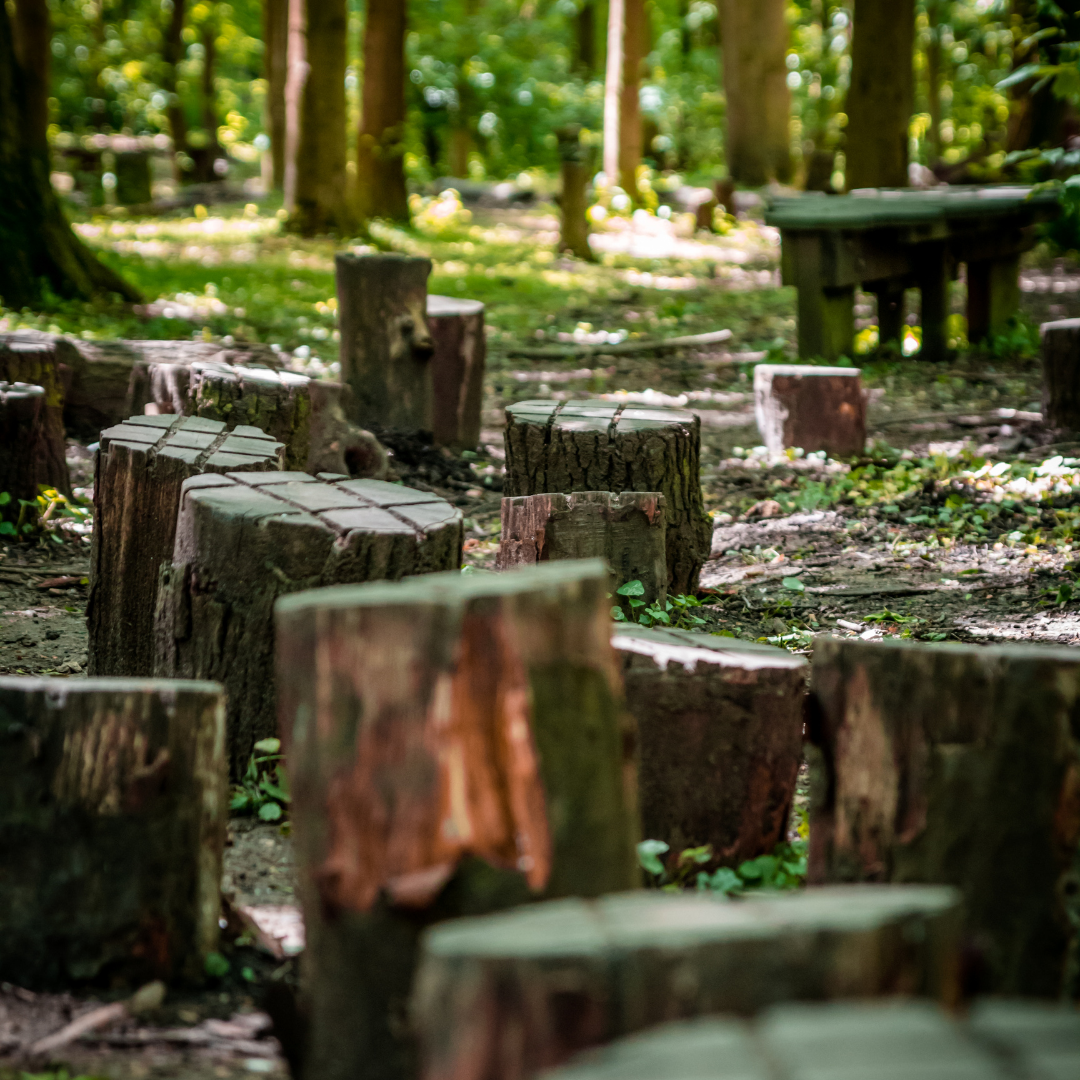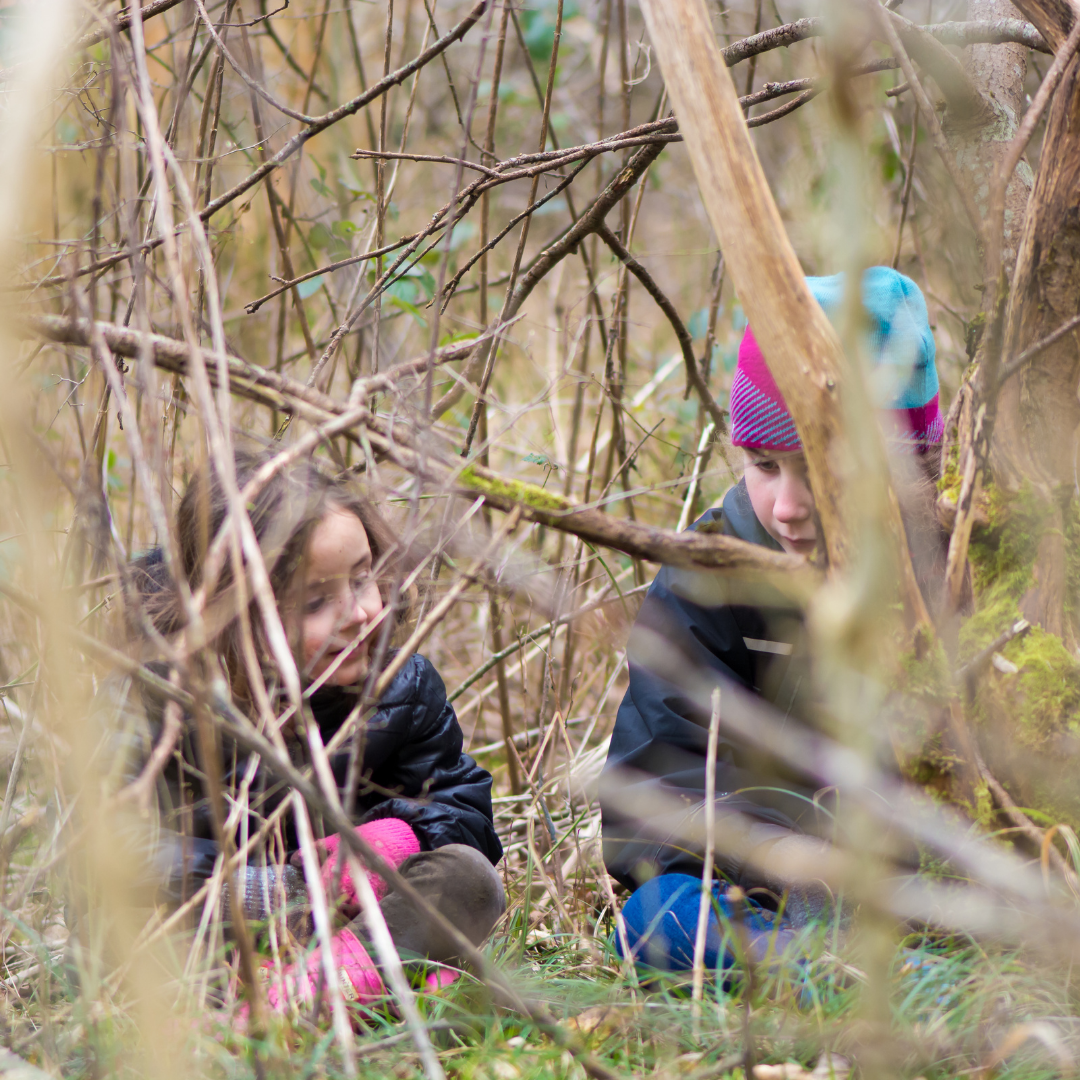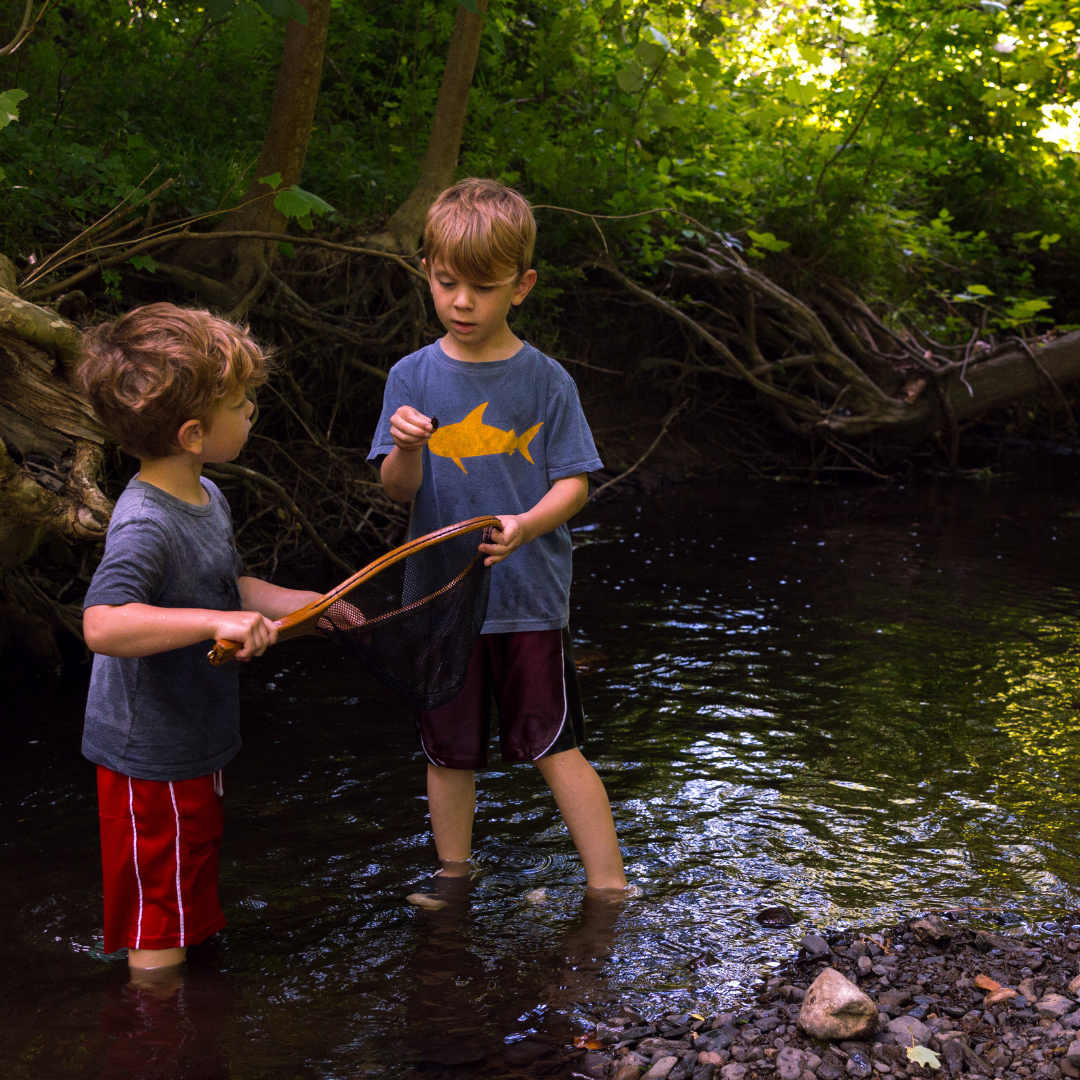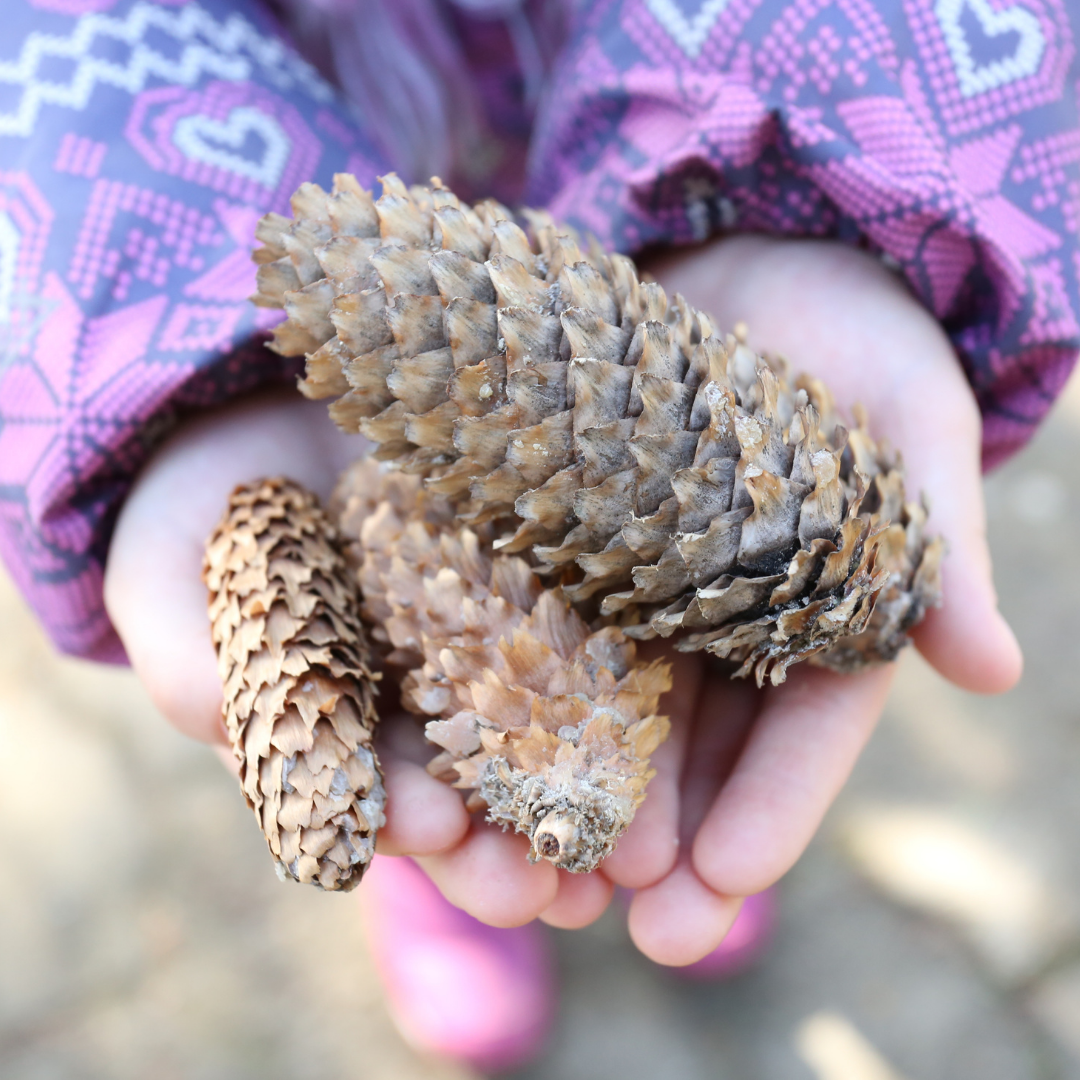Research from O’Doherty (2011) tells us that active involvement helps wire the brain; which in turn helps to enhance and reinforce concepts relating to STEAM education.
This isn’t a new phenomenon, and in fact, if we think back as far as Piaget’s conservation theory (1968), we see indications of the value and importance of children engaging with their natural environment, exploring independently to develop new concepts of their surroundings.
What has changed, however, is our understanding that, this engagement not only enhances emerging concepts, but these emergent concepts are central to future engagement with Science, Maths, Engineering, etc., they underpin the foundations of STEAM education.
Have you ever asked yourself what happens when a child plays outdoors without you bringing the indoor environment and resources with you? What learning takes place?
What concepts emerge and reinforcement takes place when children dabble their hands in that flowing river, or pool of muddy water; drop a sycamore seed into the wind and watch it take flight, or collect chestnuts for conkers?
We have all explored as children the wonders of the natural outdoor environment, but without fully considering or grasping the valuable learning which is taking place.
Watch our webinar on outdoor learning and play with expert Tim Gill here.
Spatial Awareness, Nature and STEAM
Research shows that spatial awareness helps sharpen a child’s awareness of their surroundings (Mhuiri, 2020); this begins through providing opportunities for exploring through their senses in the natural environment, and allowing these experiences to expand as the child begins pre-school, to include an awareness of image, for example, movement, shape and space, 3D structures, resulting in the ability to determine size and develop a concept of self in relation to their surroundings.
Children learn to consider objects in the minds eye to imagine and visualise; to recall experiences and relate them to the current situation to help with problem solving and make judgements based on these emerging concepts.

Hands-on Experiences
Spatial awareness isn’t the only valuable skill gained through play in the outdoor environment.
Hands-on experiences are equally important, and through these opportunities, children learn the language of motion, faster, slower, etc.
By engaging with this experience themselves children can gain a stronger comprehension of the words they are using or hearing, rather than engaging in recasting and rote learning styles of the past.
To truly understand a concept children need to retain and recall the memory of the experience (Vygotsky).
Therefore, by providing hands-on experiences in outdoor environments children have opportunities to explore naturally emerging concepts and reinforce skills that they can apply in later life in STEAM learning.
Hadzigeorgiou et al. (2015), highlight the idea that physical science concepts are developed through hands-on experiences, indicating that children learn about “motion” language much faster when they are physically involved in the movements themselves.
Therefore, sliding down that slippery bank provides more than a fun experience for the child, it reinforces the concepts of speed and motion and underpins their future understanding of Science and Maths.
The child gains a much stronger understanding if they explore and act out this experience for themselves.
Again this isn’t entirely a new concept, or limited to the child’s experience alone; the majority of people benefit from active learning opportunities, kinaesthetic learning, as it is a natural characteristic of how our brains function.
This principle of hands-on experiences can be explored further in an outdoor environment, not only enhancing children’s spatial awareness, in terms of objects and self-awareness; and also with regard to developing the language of not only shape and space, but also emerging Mathematical concepts of quantity and conservations, size and weight.
Allowing children to make their own hut out of twigs and branches, rather than providing a mud kitchen (which resembles the kitchen from indoors); or supporting a realisation by children as young as 3 and 4yrs, that different objects, or containers hold different amounts.

Consider for example Piaget’s conservation theory, where a child realises that the properties of, objects, mass, volume, number, etc., remain the same regardless of their shape or form.
Research shows that hands-on experiences [for example, encouraging water play in the outdoors with natural resources, encouraging children to explore with mud pies, rolling, and shaping] where children are allowed to explore these phenomena independently, actually serve to reinforce the emerging concepts, with children [from a very young age] realising that the tall thin tub holds the same as the short wider one; or that the lump of clay remains the same mass, regardless of how it has been shaped and rolled (Dooley, 2014).
With evidence further showing that children break through this level of understanding faster if they are allowed to do the pouring or rolling themselves.

STEAM Language Aquisition
Engagement with the natural outdoor environment allows for exploration and physical involvement.
If we give some consideration to language acquisition of science or maths terminology.
Evidence shows us that young children process language faster if they are given opportunities to manipulate and explore the related objects (Shiel, 2012), in a natural and hands-on way, supported by Zosh et al (2017).
Children relate better to objects which occur naturally in their environment, and we often see evidence of pre-schoolers who are provided opportunities to engage in physical exploration of their natural environment, developing mathematical language and concepts faster than those who are not, with language extending to include vocabulary related to force, action, movement; showing the value and importance of outdoor play environments for promoting and providing situations which develop a vocabulary for STEAM related subjects.
Therefore the child who is provided with the opportunity to touch and handle a feather understands better the language relating to weightlessness, floating, softness and texture; and children who play on hillsides or in forests develop a stronger concept in relation to movement, gravity, friction; the child who wades in the stream or river better understands movement, force, quantity and so on… because they have the physical experience to reinforce the words provided, they recall and retrieve and reuse these experiences, when the opportunity presents itself again, thus reinforcing the learning or the concept (Vygotsky, 1979).

The Adult's Role - Supporting the Outdoor Experience
I hear you asking so if children are allowed to explore outdoors without the adult providing any resources, without our active engagement with the naturally occurring environment – what role have we when children are outdoors?
Below are some of the considerations which adults need to be aware of if this outdoor experience is to be as beneficial as is possible in supporting and enhancing the emerging STEAM concepts.
- Make learning opportunities spontaneous and reduce the level of passive observation. Provide opportunities for children to explore and raise questions themselves. Children don’t need to wait in turn to see a ladybird, a leaf, or a sycamore seed; allow them to find their own, experiment, and ask questions. Passive observation limits the child’s ability to think independently and solve problems through experimentation, making connections between cause and effect.
- It is vital that adults engage children in conversations about the child’s discoveries. Introduce words that will help reinforce emerging concepts and begin to introduce the language of STEAM. Introducing words like – Bumpy, soft, hard, smooth, fuller, heavier, thick, thin, wide, wider, for example; but also including language that encourages a focus on movement or force; so when a branch sways in the wind, or leaves flutter to the ground on an Autumn adventure, or sink into a puddle of rainwater, draw attention to these phenomena. This all reinforces STEAM vocabulary and reinforces the emerging concepts of science, math, and engineering in the natural environment.
- Ask – what happens questions – encourage children’s critical thinking and problem-solving skills. What makes that little stream of water appear in the mud or between the pebbles after heavy rain? Why do seeds fall to the ground and what will happen when they land on rich soil? Why does the stone sink in the puddle, but the leaf floats along the top? etc. The adult’s role involves extending the learning experiences which naturally emerge, taking the lead, and expanding on emerging concepts. These types of questions and simple activities particularly repetitive ones, help to reinforce the child’s understanding of how the world and nature work, laying the ever-important foundations for a future in STEAM education.
Read more about our upcoming webinar with Tim Gill on outdoor play here.
Further Reading:
Dooley, T. (2014) ‘Mathematics in Early Childhood and Primary Education (3-8yrs), Teaching and Learning’, NCCA.
Hardiman, M. (2009) ‘Neureducation: Learning, Arts, and the Brain’, John Hopkins University, Summit.
Hadzigeorgiou, Y. (2015) Young Children’s ideas about Physical Science Concepts, in Research in Early Childhood Science Education, Springer.
Kefaloukos, M.A. (2011) Understanding Conservation: A Playful Process, in Australian Primary Mathematic Classroom, vol 16. No. 4. ERIC.
Mhuiri, S.N. (2020) Shape and Space in the senior primary classes, NCCA.
Nancekevill, S.E. (2019) Maybe they’re born with it, or maybe its an experience, in Journal of Educational Psychology, Vol 112 – 2 – 221 – 235.
O’Doherty, J.E. et al. (2011) Active tactile exploration enabled by a brain-machine-brain interface, in US National Library of Medicine National Institutes of Health. NCBI Resources. PMC.
Shiel, G. et al. (2012) Oral language in Early Childhood and Primary Education (3-8yrs), Research Report, No 14. NCCA.
Zosh. J.M. et al. (2017) Learning through play: A review of evidence, The Lego Foundation, ISBN: 978-87-999589-1-7.
About the Author
Marguerita Magennis Ph.D. MA. BA Hons, Course Coordinator Masters in Early Childhood Studies & Lead Lecturer BA Hons degree Early Childhood Studies at Portobello Institute. Marguerita will host our upcoming free webinar with Tim Gill on outdoor play. Register here to attend.
"An Early Years Specialist in the areas of Education, Psychology, and Research, I am passionate about curriculum development and the benefits of IT in Early years for promoting creative thought, autonomy, and innovative teaching and learning. Throughout my career I have also been involved in raising awareness of the importance of outdoor play, the provision of training and development in Adult Education; improved Parental involvement, and also Psychological development and behavioural analysis particularly in children under 6yrs. As a Counsellor and Psychotherapist, I work with parents, schools, and preschools as consultant and mentor offering support and advice, training, and quality assurance with the aim of encouraging standardisation and recognition amongst the Early Years profession." - Read more on Dr M's Thought's blog here.



.png?width=1200&name=Copy%20of%20BANNER%20HOPIN%20(9).png)
.png?width=352&name=Portobello%20blog%20-%20%20featured%20image%20(3).png)
.png?width=352&name=_BANNER%20HOPIN%20(1000%20%C3%97%20500px).png)